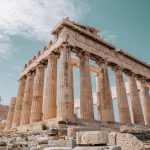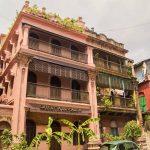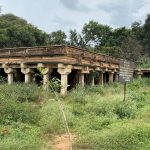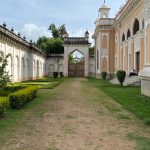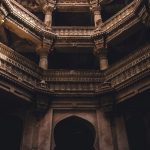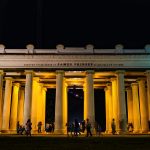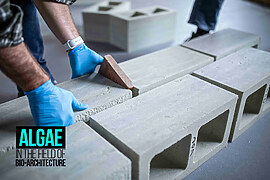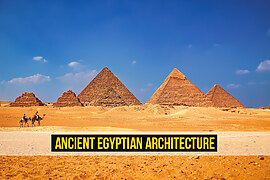Time flows. It keeps flowing and running constantly, and so does the community and the world along with it. There is this debate about what life and death are, and the intermediate catalyst is time, but the whole debate falls short of the hypothesis when it comes to architecture. Architecture – the walls built by the ancestors, the structures which were a refuge for many people, the institutions built to house communities, the tall columns and buttresses which connected the people to Thee, these spatial narratives keep living on and on and on. Architecture is a dead static element in space, the intervention of people is what gets life into it. Architecture at its best represents a balanced, symbiosis of aesthetic values peculiar to works of art and the material requirements of practical utility. To preserve its rich heritage and cultural inheritance becomes of utmost importance.
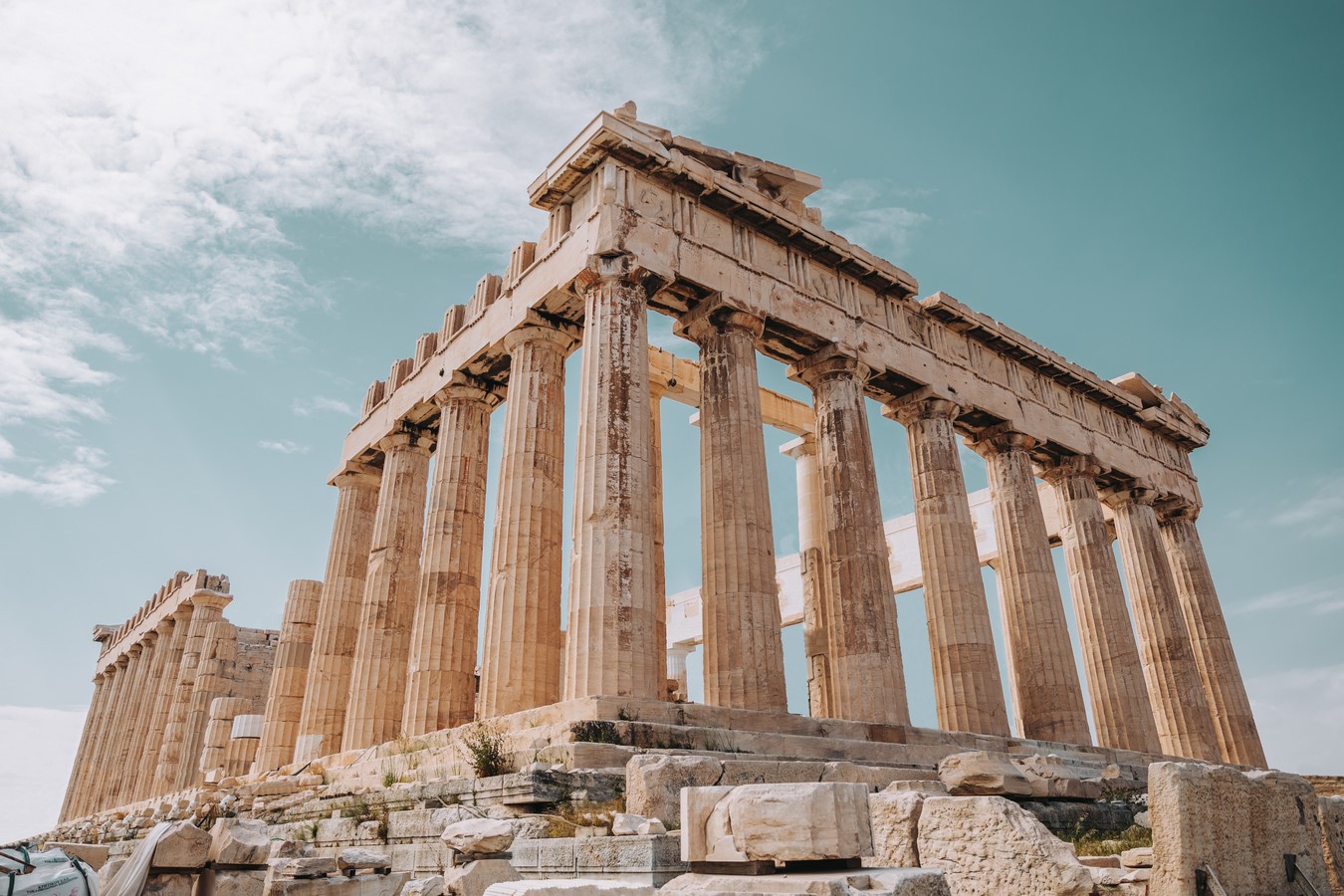
The Life and Death of Architecture
Over the years, monuments representing the ambitions, aspirations, and beliefs of people have been constructed by civilizations all over the world in a state-of-the-art level of extravagance and immovable scales. These structures are not only valuable in terms of architectural significance but also historical, artistic, and social importance. Many people have survived to the present day and are living proof of the lengthy timeline of human history as well as the numerous ways in which the past has contributed to the present. The survival of this timeless, cultural legacy is currently threatened more than ever before by economic and demographic developments of the world. The preservation and restoration of historical buildings and landmarks are crucial for safeguarding cultural heritage and ensuring the legacy to future generations for appreciation of their valour and grandeur and to learn from the past.
Humankind has always given significance to certain locations or constructions. Others connected them with a specific natural spirit or a divinity – leading to pagan practices and succeeding civilizations with impeccable and intricate architectural structures. There are several locations across the world that exhibit the same type of continuity. In contrast, the temples and long-forgotten empires which were forgotten and vanished later were discovered by archaeologists and unearthed their urns. Even though it would be ethical, it would not be possible to save all. Of the historical buildings. More development and change, as well as new requirements for the ever-growing population of people, would unavoidably eliminate much of the past glory. There may not be much of an aesthetic or historical loss. The choice, though, may be very challenging.
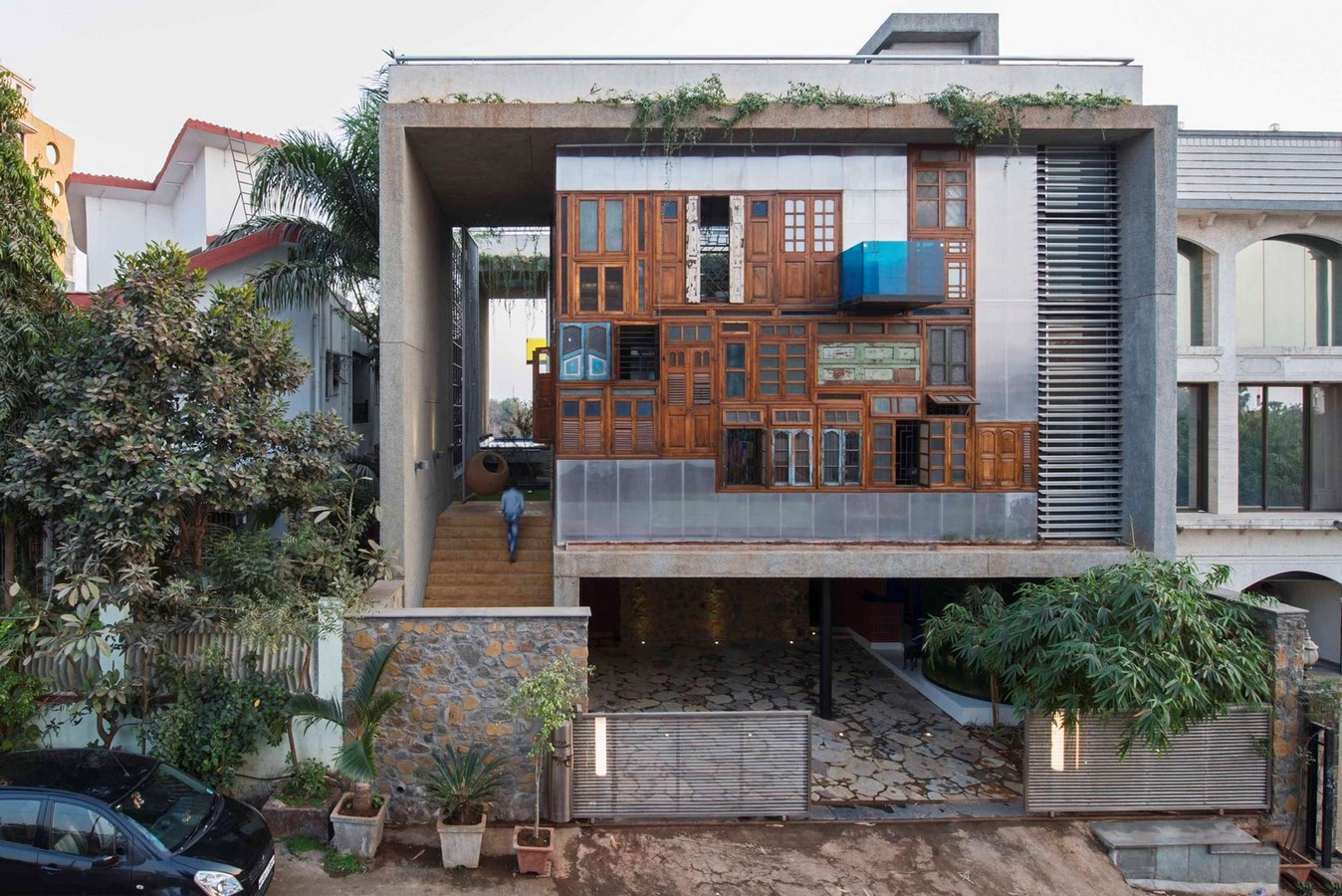
Although there have been fortunate exceptions, the rapid social and economic transformation of the 21st century, particularly in urban areas, has generally proved to be too much for the communities. In order to ensure that adequate and long-term measures are taken nationally to guarantee the preservation of cultural heritage, nearly all countries have found it necessary to introduce legislation and establish institutions or organizations that are either run by the governing bodies or operate under governmental auspices.
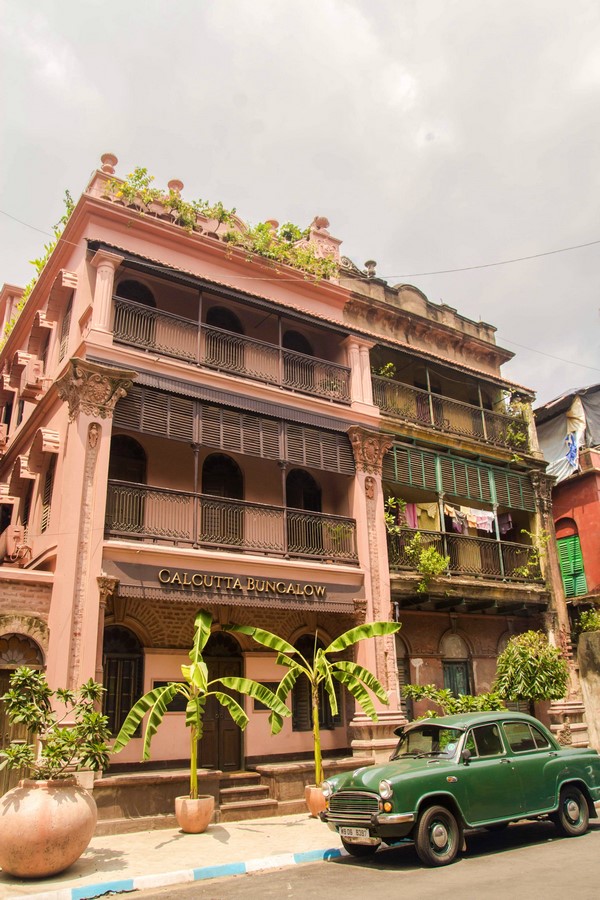
Importance of the Life of Architecture – Living Structures
Cultural Heritage: Physical examples of cultural legacy include historical structures and landmarks. They reflect historical society ideals, workmanship, and different architectural styles. Preserving them allows a scope to comprehend and connect with history, customs and sense by preserving traditions and identity of structures.
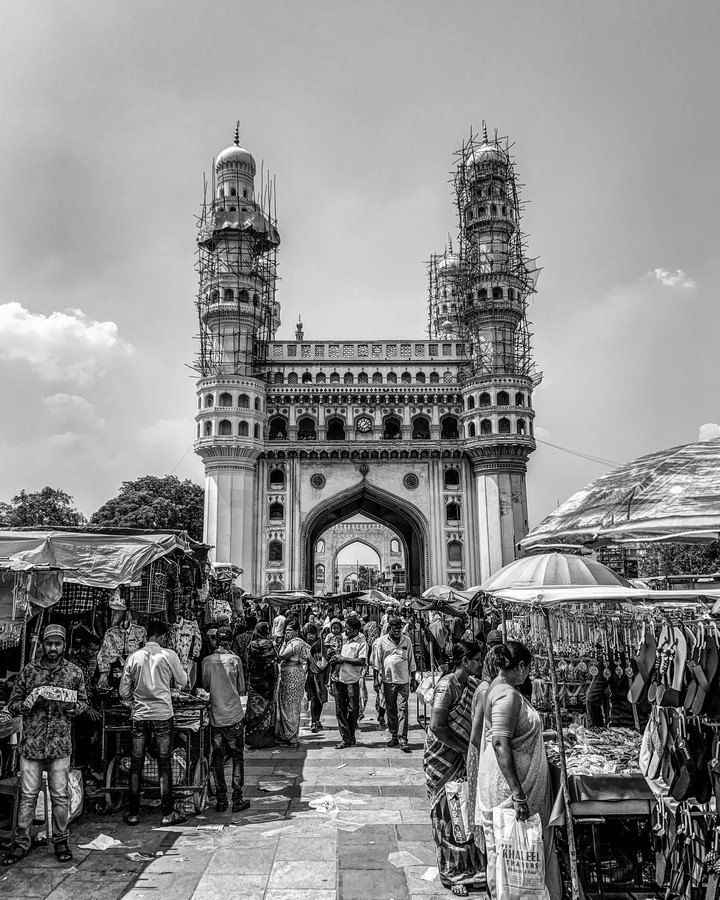
Education and Research: For researchers, academics, and students, historical landmarks and buildings become a rich and wide source of information. They provide insights into a variety of historical facets, including social circumstances, stratification, economic conditions, engineering, architecture, politics and the arts. Preservation allows for ongoing research and educational possibilities.
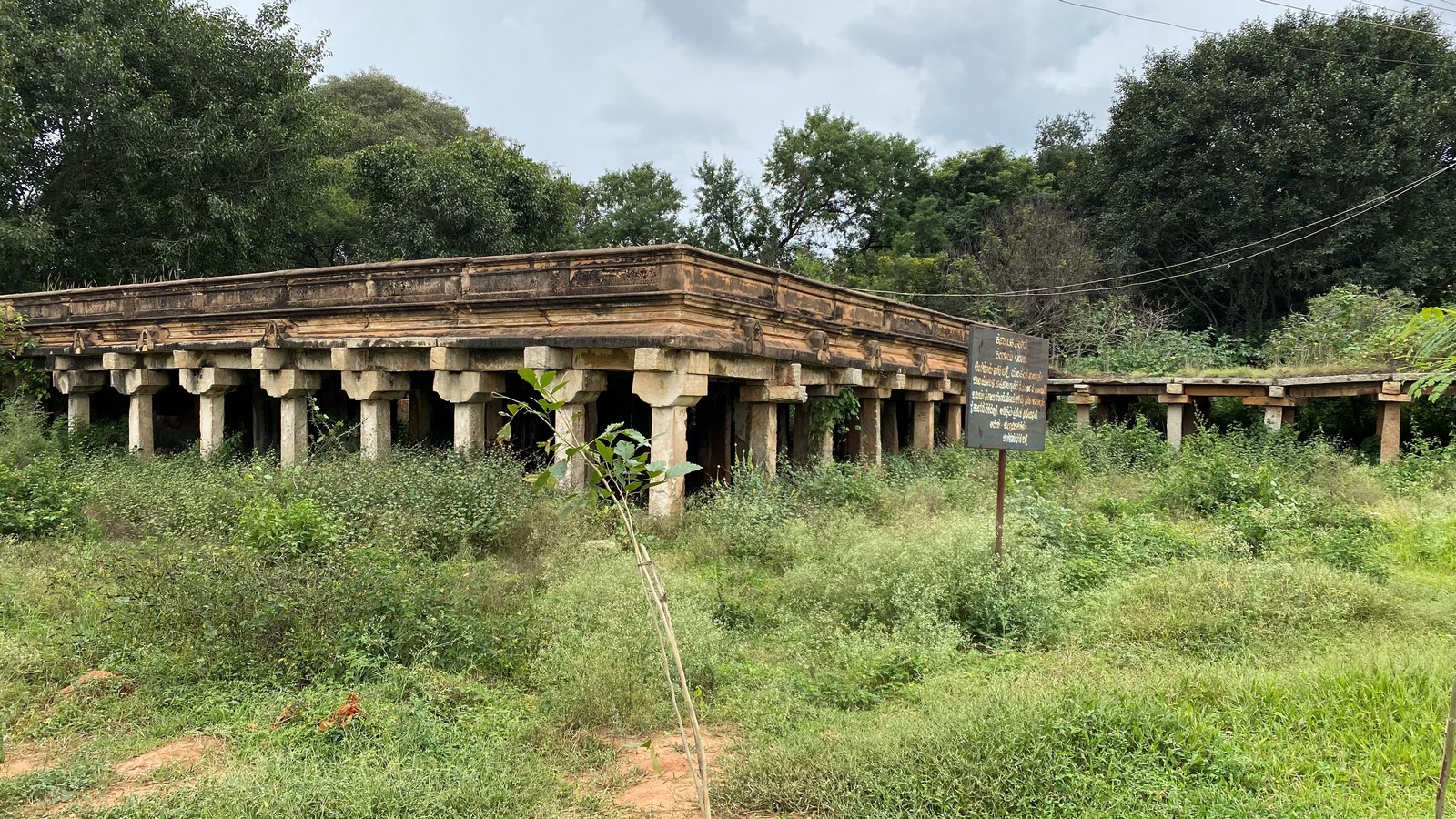
Tourism and the Local Economy: Historical sites frequently draw visitors who support regional economies. The preservation and restoration of these sites can boost tourism, resulting in employment, more capital, income, and a boost to the local economy.
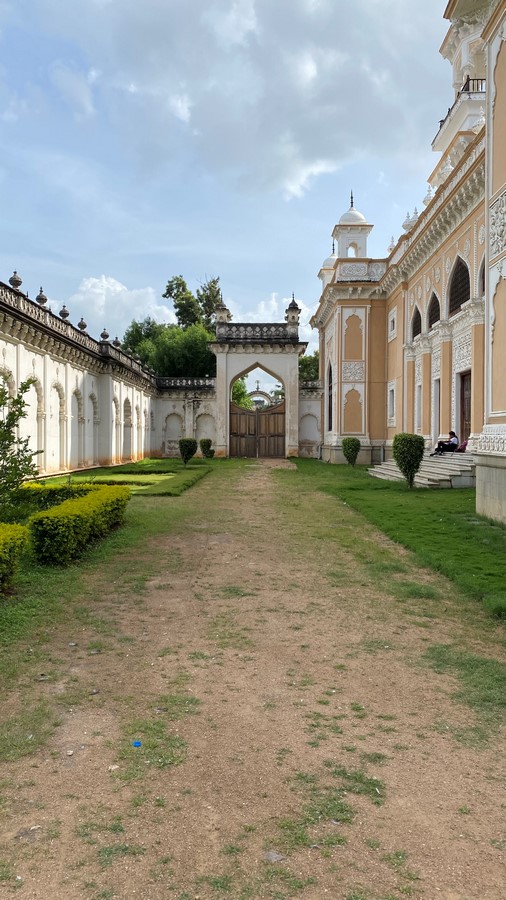
Community and Feeling of a Place: Historical structures and landmarks add to a community’s personality, character and sense of space. They act as anchor points and represent the pride and identity of the community. They provide continuity and communal cohesiveness when they are preserved.
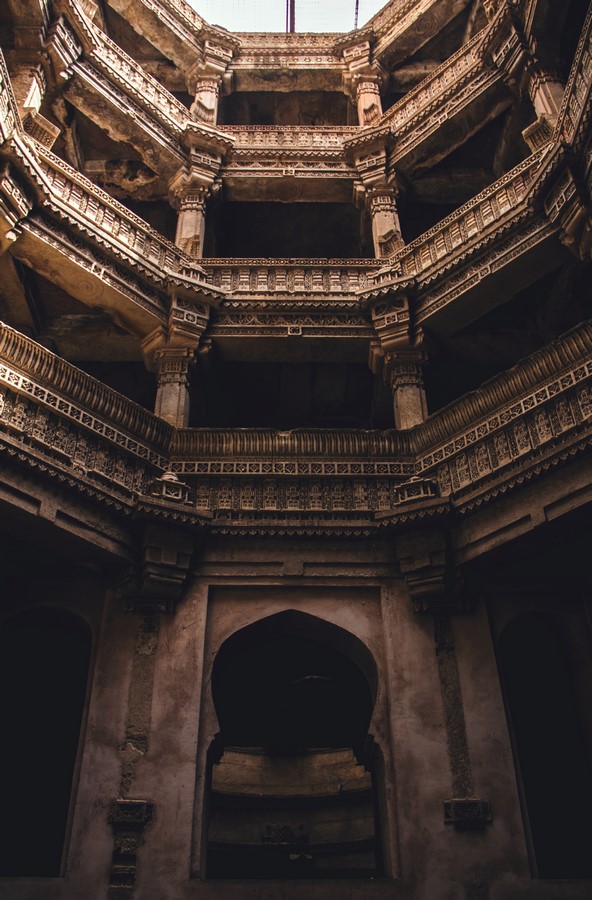
The Current Scenario and A Plea for Change
But in contrast, historical buildings face various threats such as natural ageing, weathering, pollution, and lack of maintenance. Over time, these factors can lead o decay and deterioration. Securing funding and resources for the upkeep, repair, and conservation of historical buildings can pose significant challenges, especially for public or lesser-known structures. Adapting historical structures to meet modern safety and accessibility standards with respect to age, gender, sex and any factor that drives the 21st-century norms while preserving the landmark’s character can be a delicate balance. Finding solutions for this would indeed be a complex task.
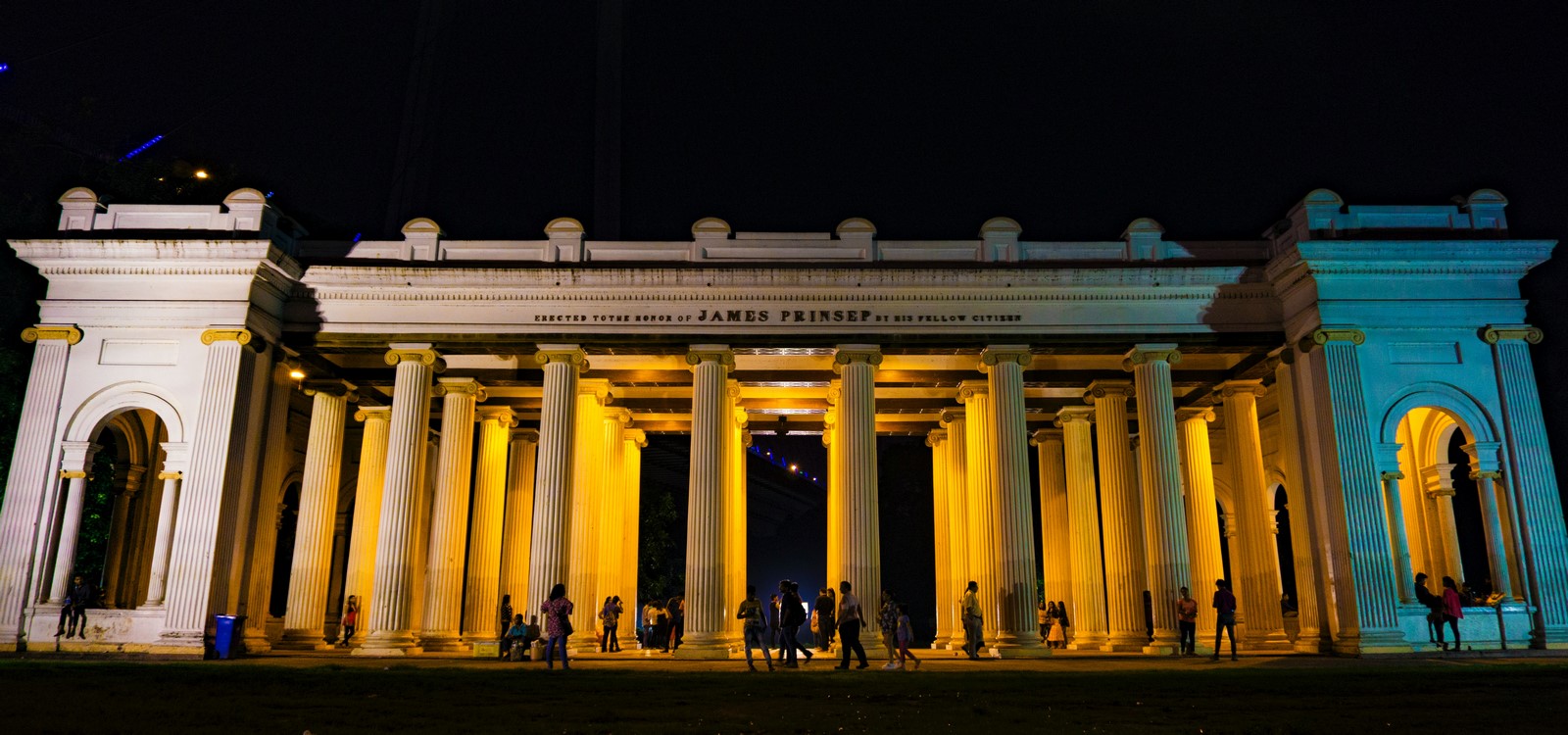
Historically and artistically important buildings have been disappearing at an ever-increasing rate during the 21st century. The natural processes that turn stone into gravel, sand, clay and soil; lumber into humans; and metals into oxides and salts are partially to blame for such damage or wear. Such materials deteriorate under the influence of geo – and climatological elements. Cataclysms have taken their toll. Floods, earthquakes, volcanic explosions, and violent storms have destroyed a few of the most important structures in the long history of human civilization. Regardless, the most serious threat to these important structures is humankind. Wars, the action of vandalism, negligence and recklessness towards the structures and their maintenance, have razed countless monuments; and economic and social factors pose the biggest challenge to the conservation of the existing material cultural heritage.
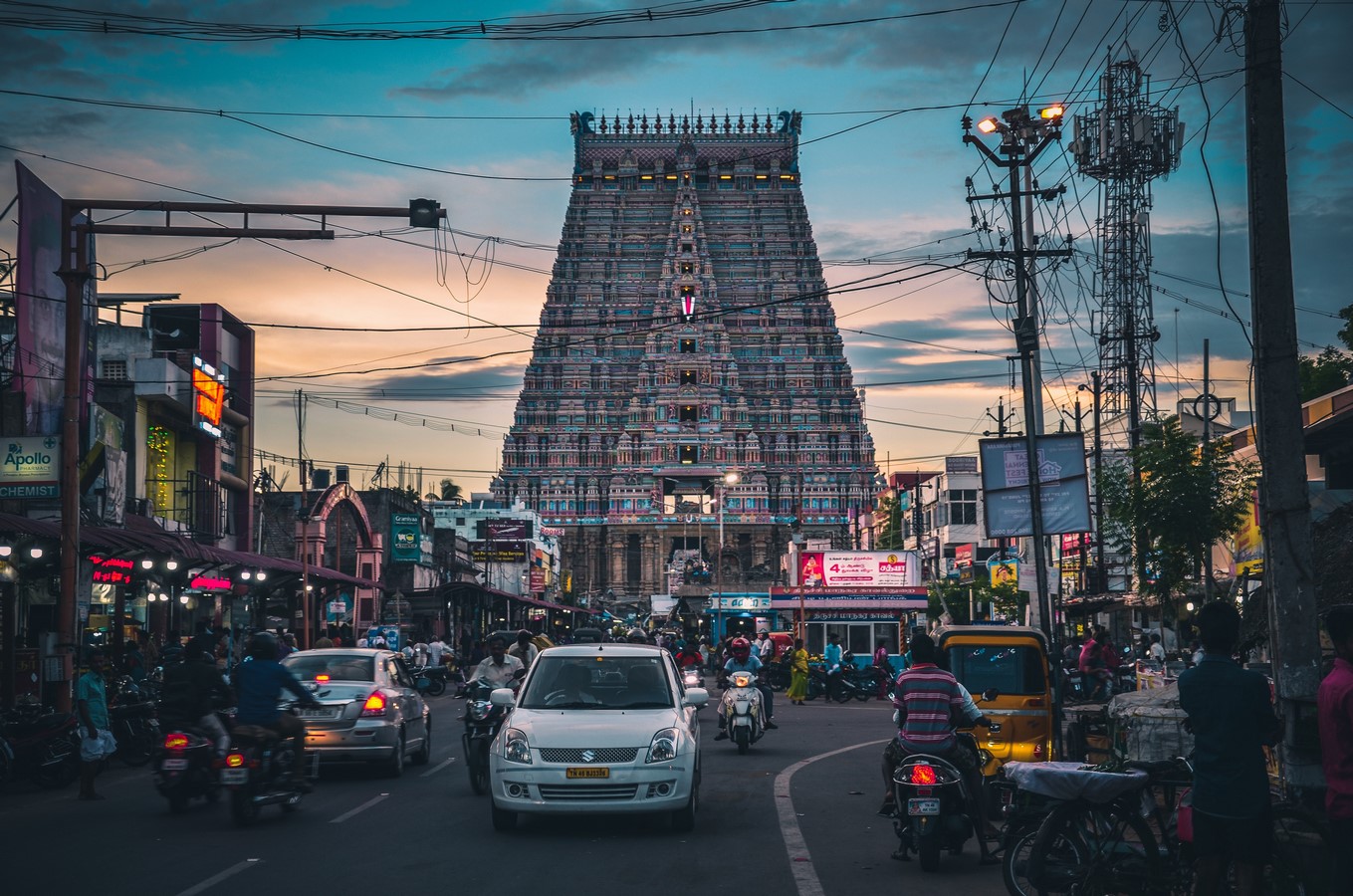
The protection of cultural heritage, encouragement of education and research, promotion of tourism and economic progress, and upkeep of a feeling of identity and community all depend on the preservation and conservation of historical structures and landmarks. Although there are obstacles, maintaining these systems is worthwhile for cultures all around the world since the advantages exceed the disadvantages. The vision in the coming days would be imagining, connecting, embracing and respecting the old and new fabric of the city and its architecture. Architects and archaeologists should strive to respect the environment and architecture in its existing beauty and amenities and provide hygienic surroundings, so as to afford and offer its citizens a healthy and active lifestyle.

Citations:
- Unesdoc.unesco.org. Available at: https://unesdoc.unesco.org/ark:/48223/pf0000001105 (Accessed: 10 July 2023).
- Preserving heritage: 10 restoration projects transforming historic … Available at: https://www.architectandinteriorsindia.com/projects/preserving-heritage-10-restoration-projects-transforming-historic-landmarks (Accessed: 10 July 2023).
- Admin (2022) The importance of restoring historical monuments, IEREK. Available at: https://www.ierek.com/news/importance-restoring-historical-monuments/ (Accessed: 10 July 2023).
- Garg, P. (2023) An overview of restoration of monuments in India, RTF | Rethinking The Future. Available at: https://www.re-thinkingthefuture.com/architectural-community/a8485-an-overview-of-restoration-of-monuments-in-india/ (Accessed: 10 July 2023).
- Jayewardene-Pillai, S., Ranaweera, A. and Kaushalya, B. (2017) Geoffrey Manning Bawa: Decolonizing Architecture. Colombo: The National Trust Sri Lanka.
- Radnić, J., Matešan, D. and Abaza, A. (2020) Restoration and strengthening of historical buildings: The example of Minceta Fortress in Dubrovnik, Advances in Civil Engineering. Available at: https://www.hindawi.com/journals/ace/2020/8854397/ (Accessed: 10 July 2023).
- Subcommittee, the W.H.P. (2023) Historic preservation , WBDG. Available at: https://www.wbdg.org/design-objectives/historic-preservation (Accessed: 10 July 2023).
- Ultimate Guide for Saving Historic Buildings (2021) Wolfe House & Building Movers. Available at: https://www.wolfehousebuildingmovers.com/historic-building-preservation-guide/ (Accessed: 10 July 2023).








